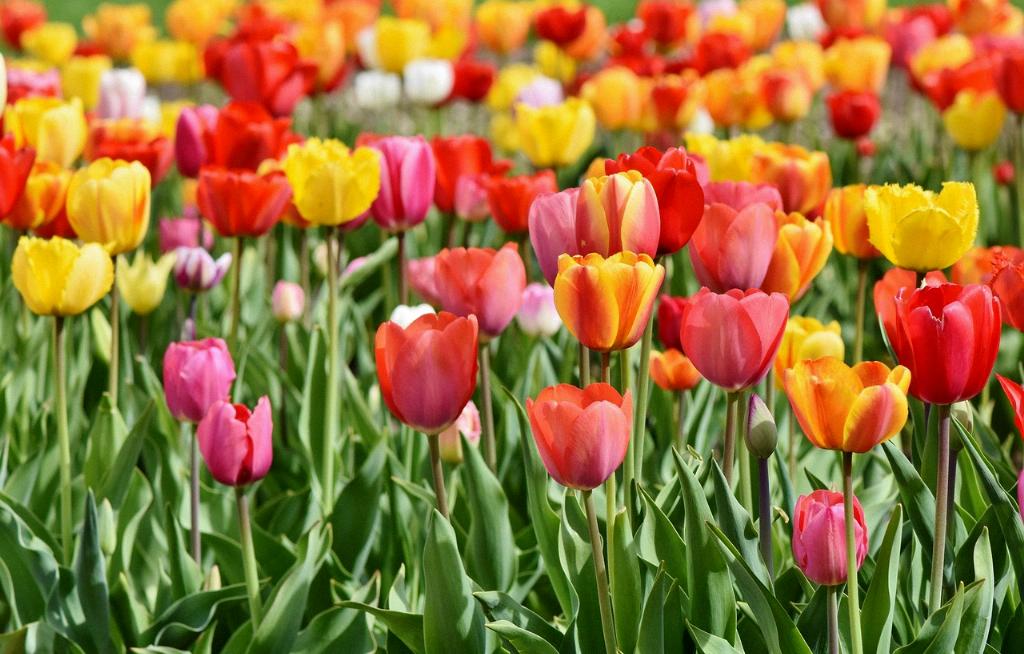When it comes to the classification of tulips as perennials or annuals, the answer may not be as straightforward as one might think. In botanical terms, all tulips are considered to be perennials. This means that they have the inherent ability to survive winter and come back to bloom again in the subsequent spring. However, there are certain nuances and variations within the tulip species that can lead to some confusion regarding this classification.
One of the key factors that influence whether a tulip is perceived as a perennial or an annual is its natural growth cycle. Typically, tulips go through a period of dormancy during the winter months, where the bulbs lie dormant underground, waiting for the right conditions to start growing again in the spring. This ability to enter a dormant state and then re-emerge in full bloom the following year is what earns tulips their classification as perennials.
That being said, there are some specific varieties of tulips that have been selectively bred to exhibit different characteristics. These specially bred tulips are often referred to as “hybrid tulips” or “annual tulips” because they have been developed to produce their most stunning blooms in the first year after planting. While these tulips may still technically be perennials in terms of their ability to survive winter, their unique blooming behavior can sometimes lead to confusion about their classification.
Another factor that contributes to the confusion surrounding the perennial status of tulips is the cultural practices employed by gardeners. In some cases, tulips are treated as annuals, meaning that the bulbs are replanted each year to ensure a consistent display of blooms. While this can result in a spectacular burst of color each spring, it does not necessarily align with the inherent perennial nature of tulips.
It is important to note that regardless of whether a tulip is considered a perennial or an annual, proper care and maintenance are essential to ensuring their longevity and continued blooms. Tulips require well-drained soil, adequate sunlight, and regular watering to thrive. Additionally, deadheading spent blooms and allowing the foliage to die back naturally after blooming can help support the bulb’s ability to store energy for the next growing season.
Ultimately, the classification of tulips as perennials or annuals is not always clear-cut, and there are various factors that can influence how they are perceived. While all tulips have the inherent ability to survive winter and bloom again, specific varieties and cultivation practices can impact their blooming behavior and overall lifecycle. By understanding these nuances and providing the appropriate care, gardeners can enjoy the beauty of tulips year after year, regardless of their specific classification.

